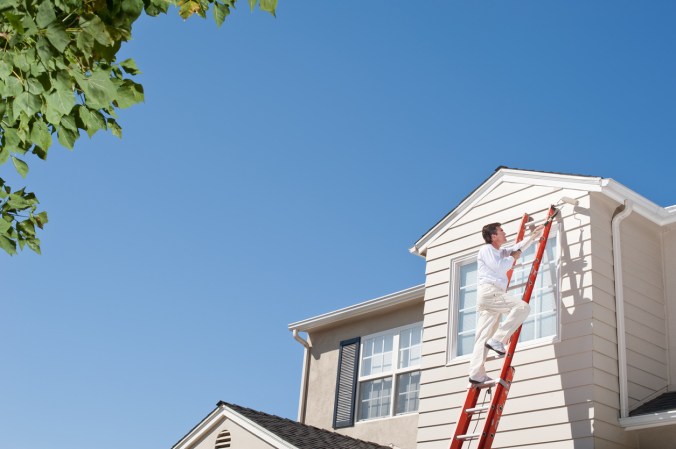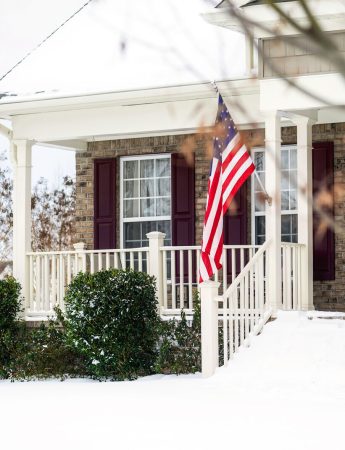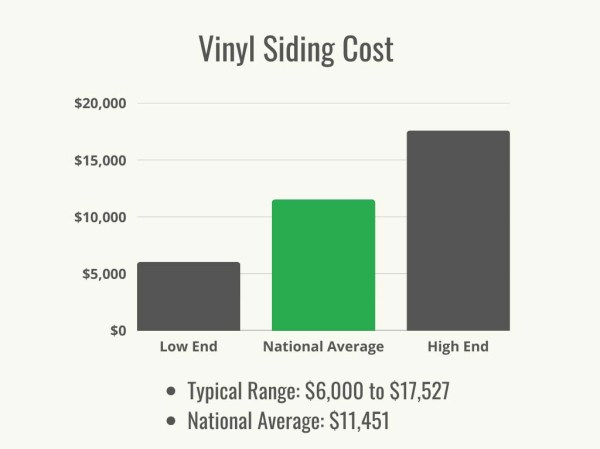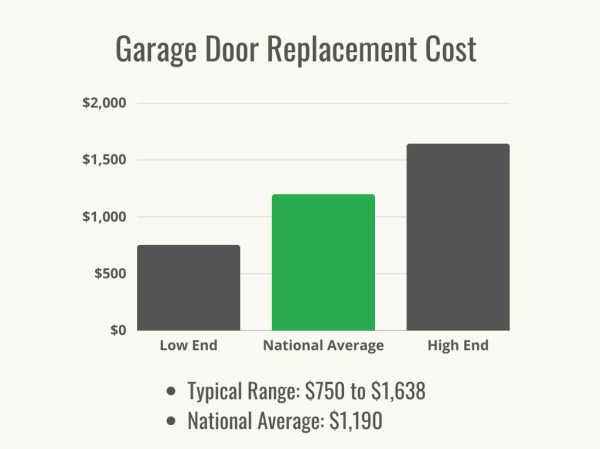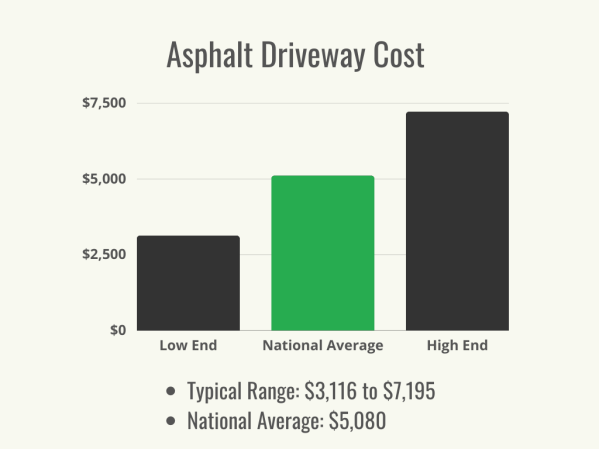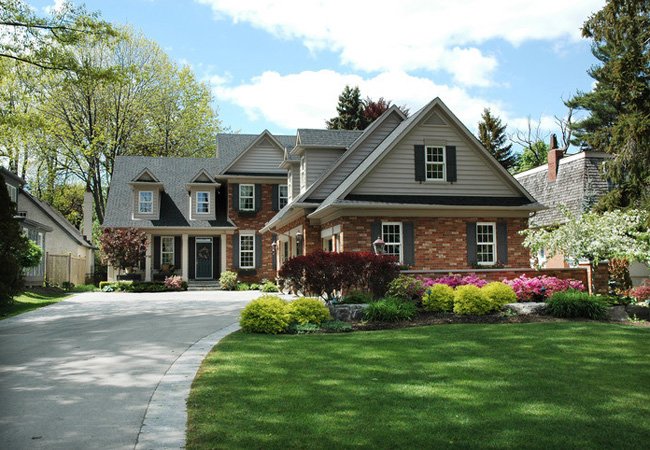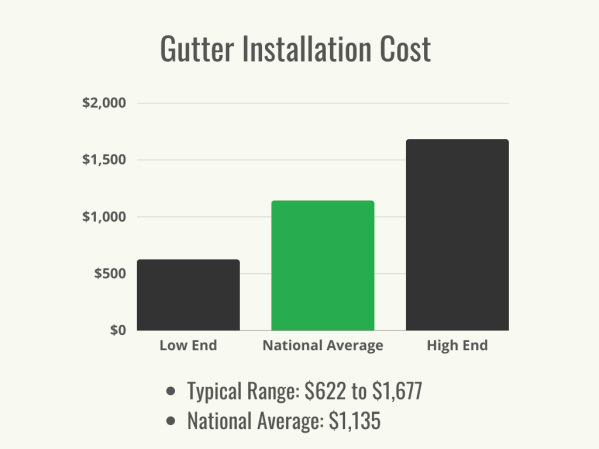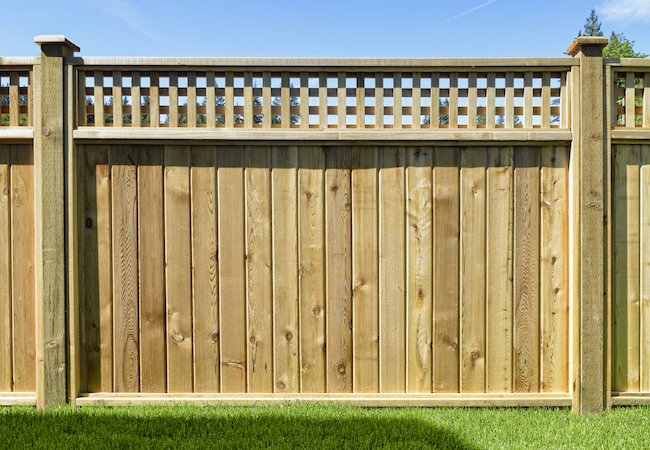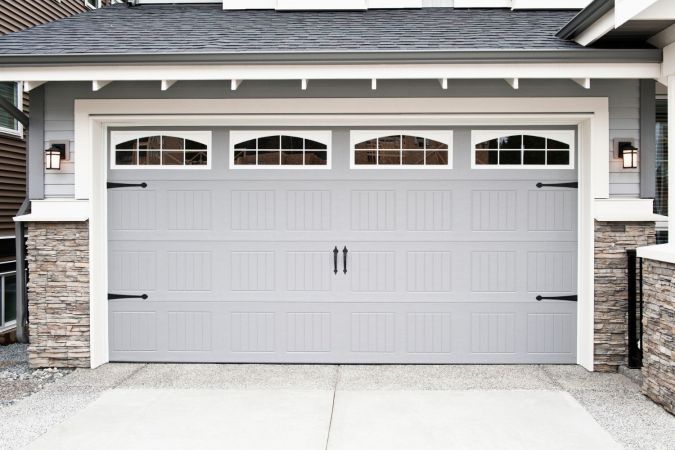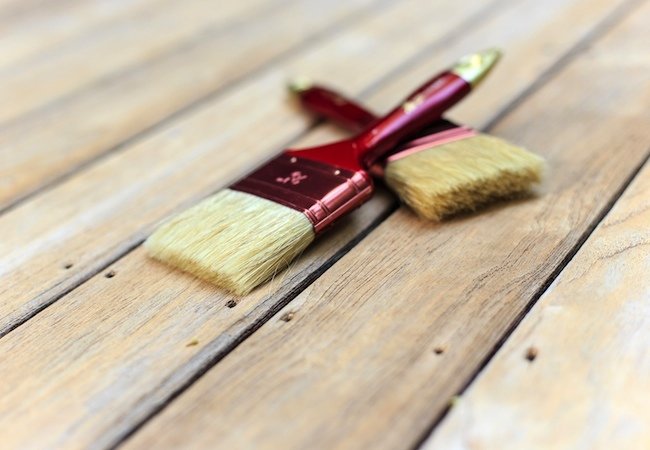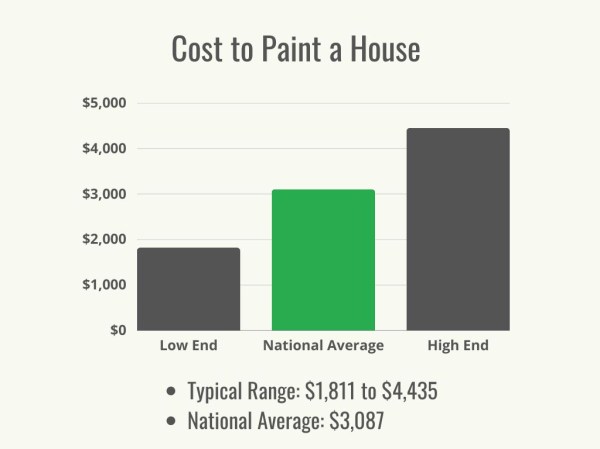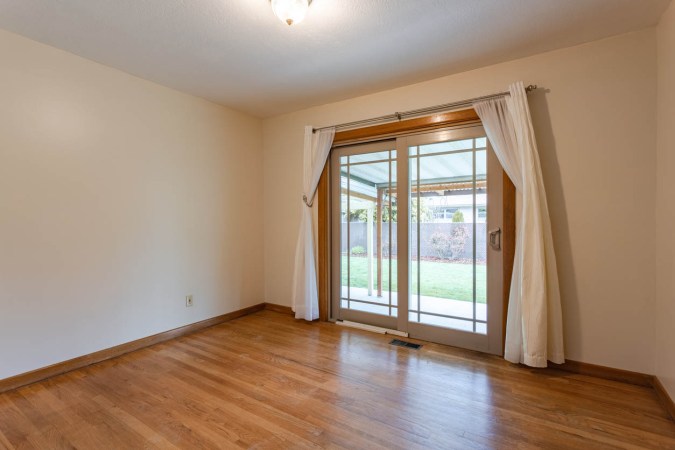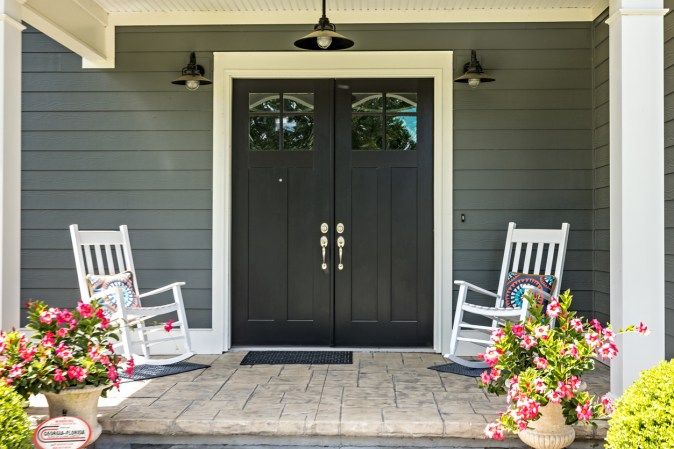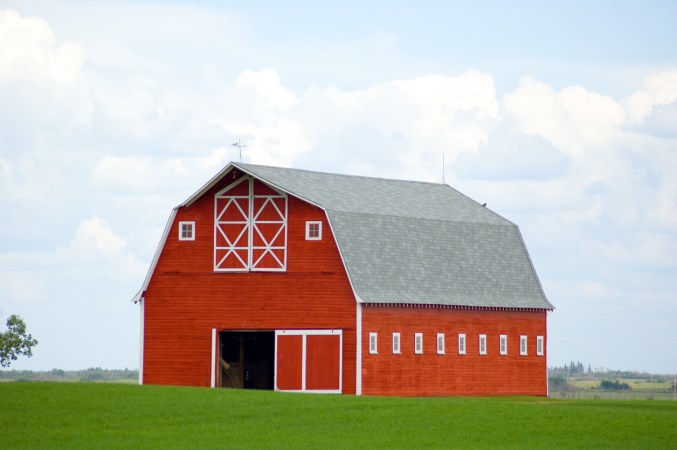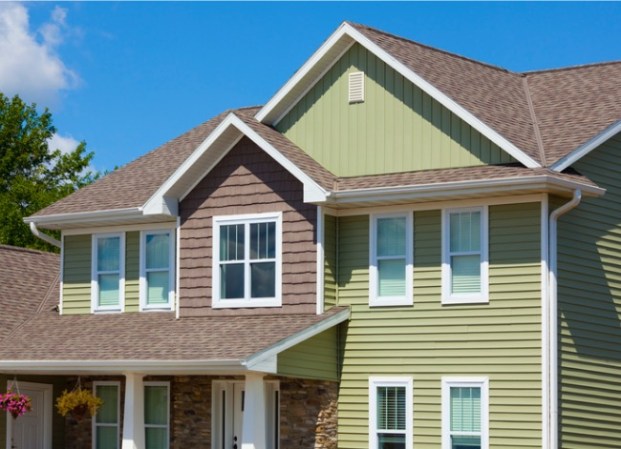We may earn revenue from the products available on this page and participate in affiliate programs. Learn More ›
Q: I want to repaint my front door to add curb appeal and cover up some old water stains. How do I choose between oil- and water-based paints, combination paint-primers, and all the other products on the shelves? What is the best paint for front doors?
A: A fresh coat of paint can hide minor imperfections on your front door, defend it against harsh outdoor elements, and boost curb appeal in a big way. But to get these entryway assets, you can’t slap on any old paint. The best paint for a front door will have a blend of qualities that maintain its integrity and good looks in the face of stormy weather and scorching sun. You’ll want to consider paint durability, sheen, color, and suitability for the material of the door. Read on to learn how to pick the right products for your front door, plus color selection and application tips to ensure professional quality results.
RELATED: How to Paint Your Front Door
How to Pick the Best Front Door Paint
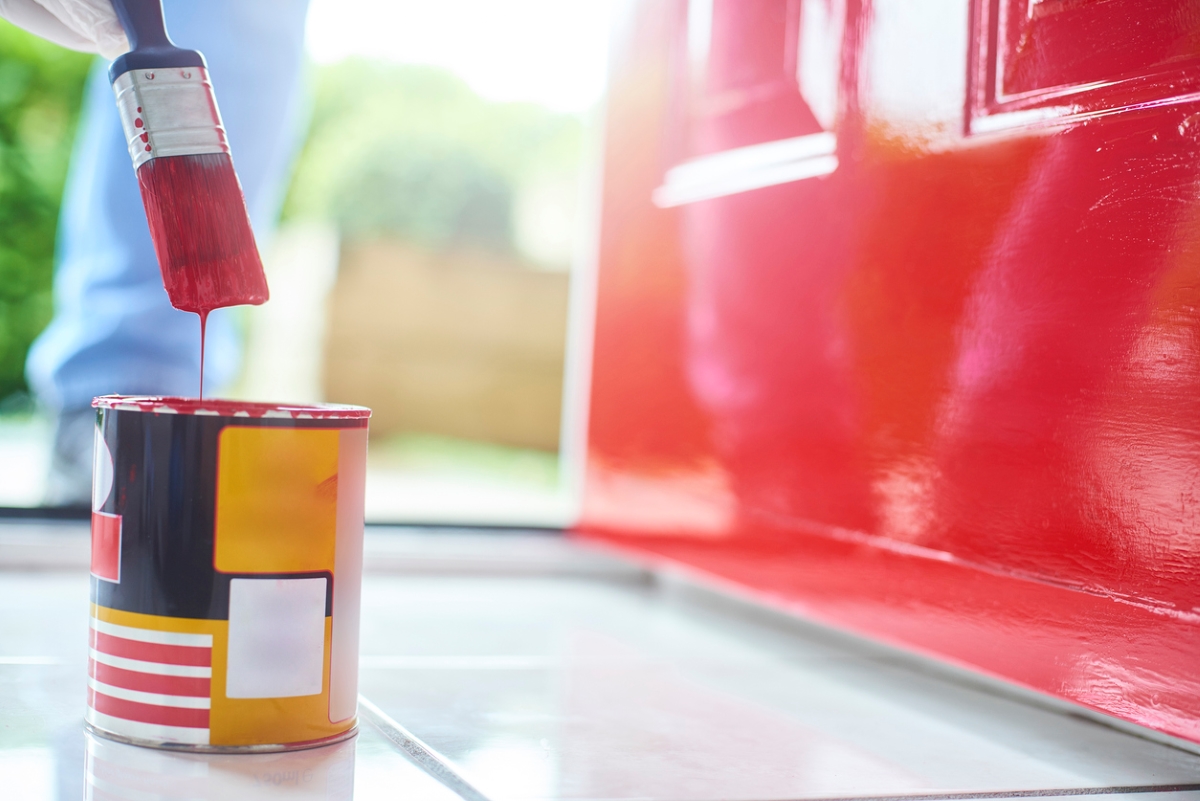
Every DIYer tackling a paint project should bone up on the different types of paint, suited to different surfaces and locations, as well as the basics of paint selection. Then consider the paint properties that best suit the surface of your front door, keeping in mind the durability of color and finish.
Look for paint that is labeled “exterior” or “interior/exterior.”
Front doors must withstand temperature fluctuations, rain, hail, snow, and dirt, which is why you should stick to paints that are formulated for exterior use: Only those labeled “exterior” or “interior/exterior” will be up to the task. These thicker paint formulas contain more resins, pigments, and resiliency additives than interior paints, which makes them resistant to staining, chipping, fading, and peeling. By contrast, interior paints can only tolerate light wear-and-tear.
Both dedicated exterior paint (used on top of a separate primer, discussed in detail below) and exterior primer-and-paint-in-one products are great options for the front door. Today’s combined primer-and-paint formulas often cost half as much as it would to buy primer and paint separately, and can provide equally good coverage in some scenarios. Using one of these products will also cut down the hours you spend on the project, saving you from applying the standard two coats of primer and allowing adequate dry time in between. Whether you choose to apply paint and primer individually versus an all-in-one primer-and-paint product should come down to the condition of your door.
A combination primer-and-paint product may be sufficient if:
- You’re painting a new bare front door for the first time.
- You’re repainting a previously painted door in the same color.
- You’re switching from a lighter to a darker paint color.
Separate paints and primers are needed to improve paint adhesion if:
- You’re painting over a stained wood door.
- You’re switching from a darker to a lighter paint color.
- The existing paint coat is peeling or flaking.
- You want to cover an old oil-based paint coat with water-based paint.
Always prime before painting.
If you’re not using a combination paint-primer product, you’ll need to use a standalone primer that’s appropriate for the job before applying exterior door paint. First and foremost, be sure that the primer is labeled for exterior or interior/exterior use. Applying primer may seem like an unnecessary step, but it helps hide stains and covers the old shade, allowing you to use less paint for full coverage and vibrancy. Primer also gives the surface the proper texture and porousness, so the final results will hold up.
In most cases, either a water-based primer, like, Zinsser Bulls Eye Primer, or an oil-based interior/exterior primer (like the KILZ Original Interior/Exterior Primer) should suffice. If you’re painting a water-based coat over oil-based paint, you must use a bonding primer, which, as its name suggests, is specially formulated to stick to glossy and other challenging surfaces (things like chalk paint, glass, and tile). Behr’s Interior/Exterior bonding primer is a bonding primer worth considering.
Finally, you want the primer color to be as close as possible to that of the paint—use a light gray primer for a lilac door, for example. You can also ensure a perfect color match by buying a white primer and having it custom-tinted at the store to match your chosen door paint color.
RELATED: Buyer’s Guide: The Best Paint Primers We Tested This Year
Decide whether oil-based or water-based paint is right for your project.
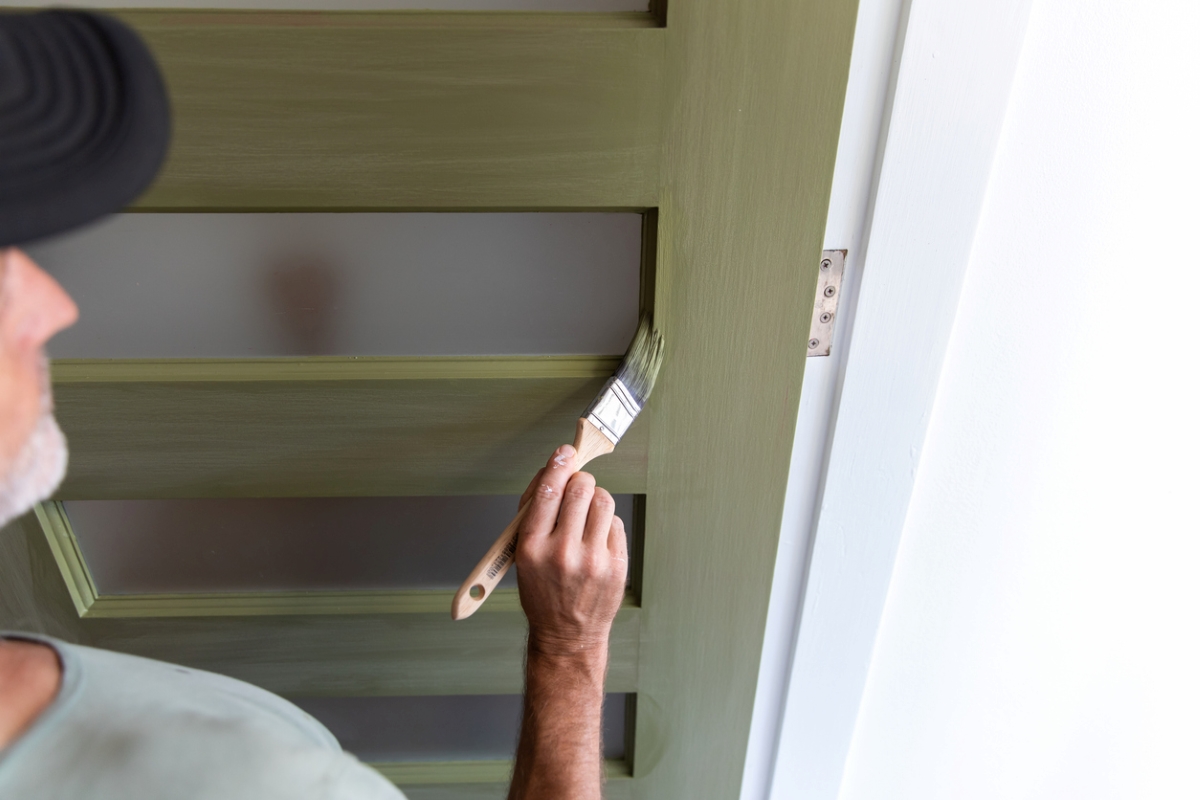
Exterior paints come in water- and oil-based formulations. Here are the pros and cons of each:
Water-based or latex paints:
- have excellent color retention, which makes them well suited to front doors that are exposed to the elements.
- are more eco-friendly because they produce fewer fumes.
- dry faster than oil-based paints, and can be successfully applied on top of oil-based paint.
Oil-based paints:
- are more durable, largely because they contain pigment and resin in a solvent thinner; when the thinner evaporates, the resin forms a hard coating that resists stains.
- emit more fumes
- take longer to dry than latex paint
Take your door’s material into consideration when choosing a paint.
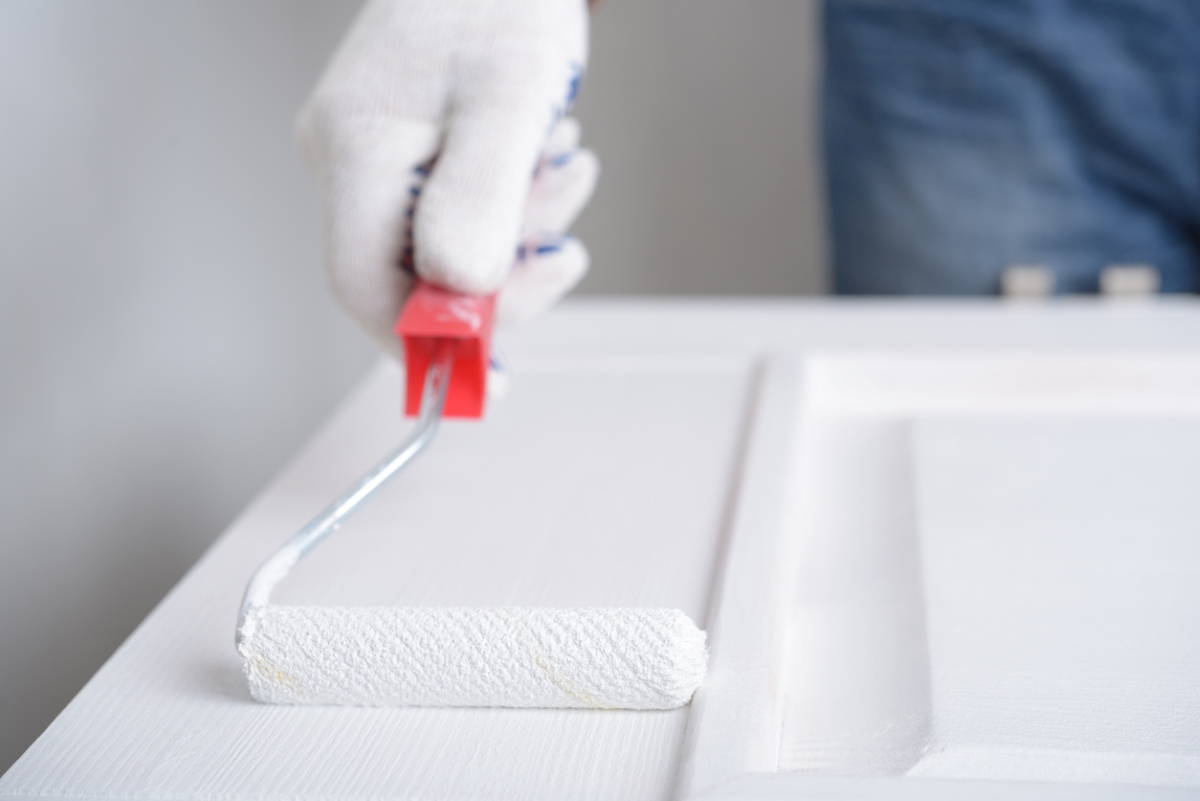
If your front door is made of wood, start the selection process by investigating the best paint for wood surfaces. Then narrow your choices, based on the ideal type of paint for your door, be it wood or some other material.
- For a door made of pine, white fir, or any other wood species that doesn’t bleed (i.e, gives off tinted compounds called tannins), go with a water-based exterior paint (such as BEHR Premium Plus Ultra Exterior Paint and Primer). Water-based paint emits less fumes, dries faster, and results in less color fading.
- For cedar, cypress, or other wood that bleeds, choose an oil-based exterior paint like Rust-Oleum Protective Enamel. Oil-based paint is less susceptible to unattractive tannin bleed-through. Tannins can seep into water-based paint, leaving yellowish-brown splotches in the final result.
- When painting metal doors, such as a steel storm door, work with oil-based paint to stave off rust formation.
- For fiberglass doors, you want to use a water-based paint. Its thinner, less sticky composition goes onto the slick surface of fiberglass more easily than thicker, stickier oil-based paints.
Go for a semi-gloss finish, which is as durable as it is attractive.
Exterior paints are sold in flat/matte, eggshell, satin, semi-gloss, and gloss sheens, in order of the lowest to the highest luster. Semi-gloss is ideal for front doors, as it’s more wear- and stain-resistant than flatter sheens. It’s also more reflective, which means it easily wipes clean, highlights carvings or other architectural flourishes on the door, and provides an attractive pop of shine in the entryway. Semi-gloss will also mask imperfections better than a high gloss sheen, which can draw attention to divots, errant brush strokes, and other minor flaws.
RELATED: Welcome Home: 11 Fresh Ways to Spruce Up Your Front Door
Prioritize fade resistance.
Without a storm door, awning, or a shady tree to protect your front door from direct sunlight exposure, UV rays can eventually fade its paint color. Front doors with east or west exposures are even more prone to fading. Fortunately, today’s exterior paints are often formulated with fade-resistant properties.
Look for exterior paints labeled “fade-resistant” or “UV-resistant,” which will include colorfast pigments and a higher volume of binders than ordinary paints. This allows them to retain a crisp color despite prolonged exposure to intense sunlight. While no paint is fade proof, modern exterior paints may only fade 1 to 3 percent per year, while older products would fade on average 7 percent a year in direct sun.
RELATED: Why It Matters Whether Your House Faces North, South, East, or West
Select low-LRV paint colors to preserve the color (and the door itself).
While buying a fade-resistant paint will help color stay true, it’s also crucial to consider the light reflectance value (LRV) of the color. This value, rated on a scale of 0 to 100, indicates how much light reflects from the paint color when dry. The higher the LRV, the more light the color reflects, and the less likely the paint finish is to fade with sun exposure.
The LRV will be listed on the paint manufacturer’s website or on the paint chip, a card showing the range of colors available for a particular paint brand. Look for an LRV of at least 55 to ensure that your painted door reflects a fair amount of sunlight to retain color. In general, lighter, more muted shades, such as beige or mint green, have a higher LRV, whereas darker, richer colors, such as cherry red or navy blue, have a lower LRV.
Black paint, which often has an LRV of 0, depending on the brand, reflects virtually no light, meaning it will absorb most of the light that hits it and fade quickly. In fact, certain door manufacturers will void your warranty if you paint the door black because high heat absorption can warp the door. However, if your warranty will allow it and your front door is shaded, you might still find the color’s positive impact on home resale value worth the risk. The Paint Color Analysis survey performed by real estate database Zillow found that homes with black or charcoal gray front doors sold for $6,271 more than expected in homes around the country.
If your area gets lots of rain or snow, pick a mildew-resistant formulation.
Traditional exterior paints are certainly more rot-resistant than interior paints, but they can still form a fair amount of mildew or mold with enough exposure to water and humidity. If you live in an area that gets lots of rain or snow, look for a paint that’s specifically labeled “mildew-resistant” or “mold-resistant,” like HGTV Home by Sherwin Williams’ WeatherShield Exterior Paint. These paints are formulated with antimicrobial chemicals that prevent mildew and mold from setting in for the period of years indicated on the paint container.
Tips for Choosing Front Door Colors
While black and dark gray doors rate high when it comes to resale value, there’s no reason you can’t go bold! As you’re browsing through paint chips, weigh these paint-selection considerations.
- Get samples. Paint chip cards can only tell you so much. Invest in a few sample cans of paint, brush a few swatches on your door, and see how they look at different times of day.
- Choose a complementary color. Pick a front door paint shade that complements the trim, shutters, and siding of your home. A taupe front door, for example, would pair well with white trim and brown siding.
- Architectural style and materials matter. To suit the bold style of modern architecture, consider bright orange, lemon yellow, or turquoise for your front door. To give a traditional home a stately vibe, consider slate blue, pure white, or classic red. A red brick home looks great with a sage green or pale gray front door.
- Explore the language of color. Your front door welcomes visitors and family alike, and you want your door’s hue to send the right message: Red, orange, and yellow are exuberant, friendly hues. Blue is peaceful, white is all about simplicity, and purple resounds with an adventurous spirit.
- Keep it simple. If you want the front door paint project to go quickly, choose a similar shade to the one you have, or one that’s darker than the current hue. To apply a lighter shade over a darker one, you’ll need to give it two full coats of primer, and allow time for the second coat of primer to dry and set before painting.
- Factor in feng shui. The design principle of feng shui recommends choosing a color based on the direction the front door faces: Use red (fire element) for a south-facing door, blue (water element) for a north-facing door, white (metal element) for a west-facing door, and green (wood element) for an east-facing door.
- Take a chance. Painting the front door isn’t a huge project, so get creative. If you pick a hue only to soon decide it doesn’t suit you, or provide the resale value you want, you can always repaint it.
- Perk up the inside. The interior and exterior surfaces of your front door needn’t be the same color. If you pick a low-key shade to face the outside world, but your home decor and personality in general are more cheerful, apply a fun, vibrant hue to the inside surface.
RELATED: How to Pick a Front Door Color
Tips on How to Paint a Front Door
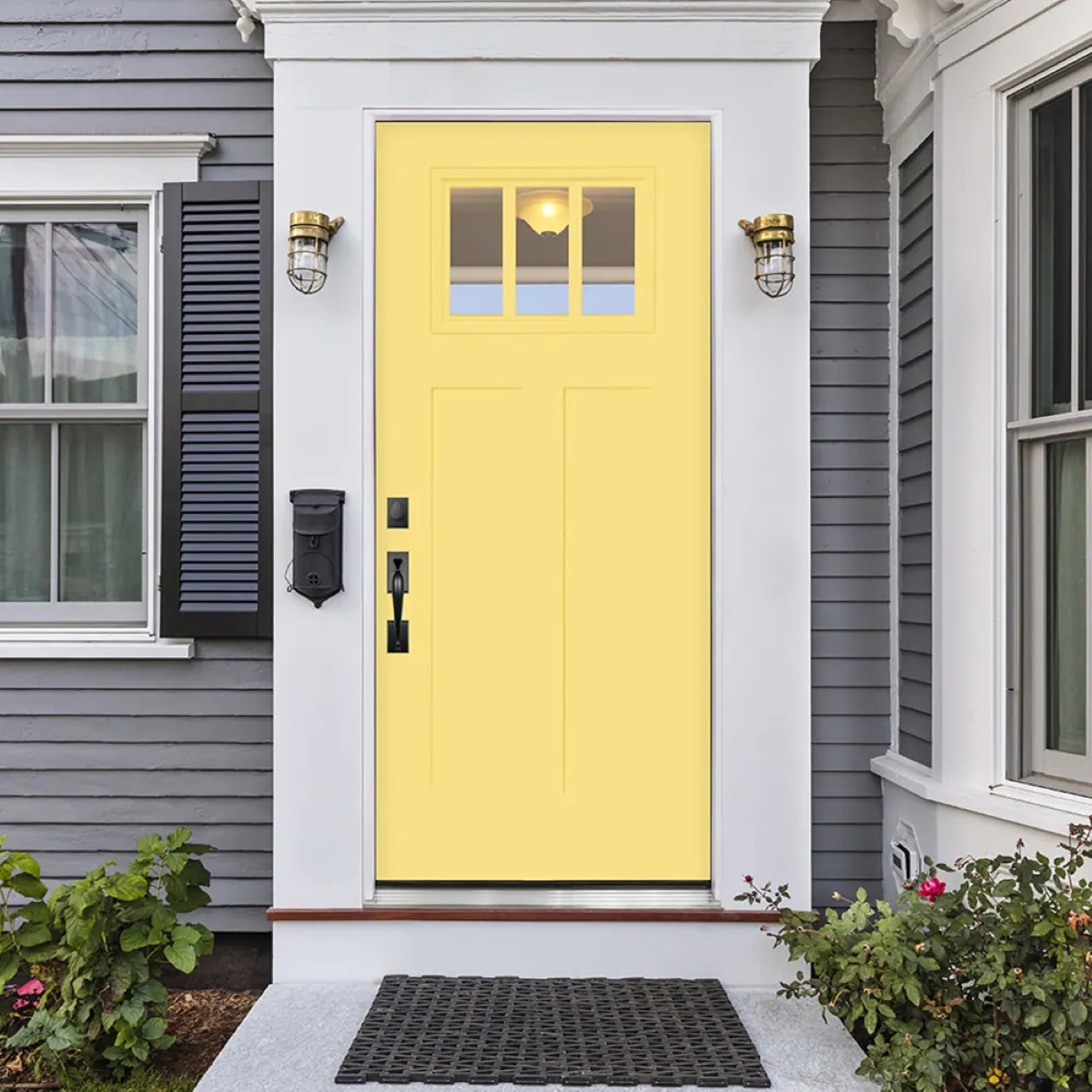
Consider this professional guidance when tackling your front door paint project for great-looking, long-lasting results.
- Purchase enough paint. A standard front door measuring 80” x 36” requires about one quart of exterior paint for full coverage. Keep in mind that you can always order paint online for delivery.
- Time it right. Spring and fall are ideal seasons for outdoor paint jobs. Opt for dry, sunny, calm conditions with temperatures between 40 and 90 degrees Fahrenheit for oil-based paint and 50 to 85 degrees Fahrenheit for latex paint. Start early in the day so the door will be dry enough by evening to reattach security hardware.
- Remove the door. This is a surefire way to spare your door casing and patio area from paint drips and blobs. Use a screwdriver or drill to take out the screws that secure the door to the hinges, leaving the hinges in place on the door frame. Remove the door and place it atop two sawhorses in a convenient area, such as the driveway. Lay drop cloths around the work space.
- Prep for paint. Sand off any chipped paints (or the entire door surface, if need be). Wash off of dust and dirt with a sponge and mild detergent, then let dry fully. Remove or tape off all hardware.
- Apply in sections. Paint details like trim and edges first, then do larger surfaces. A 6-inch roller is ideal for the panels, a paintbrush for details.
- Go with the grain. If you’ve got a wood door, apply paint in the direction of the grain.
- Let it set. Allow the door to dry fully before reattaching locks and knobs.

